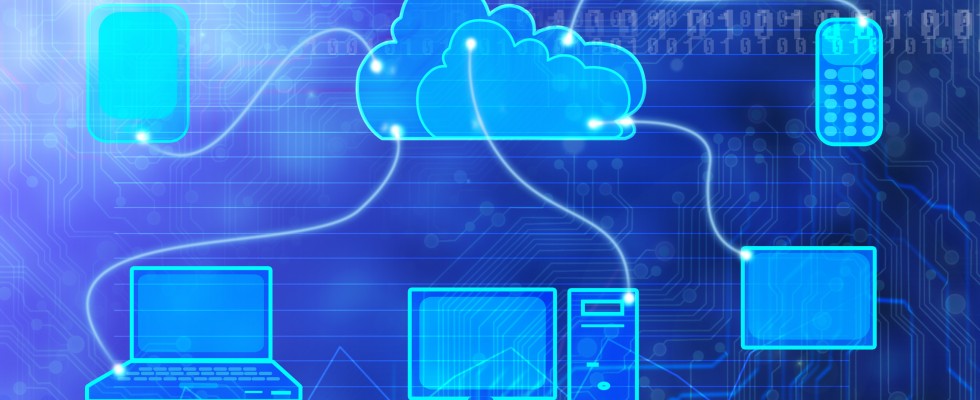
Over the past decade, homecare providers have made strong and steady progress toward becoming fully automated, community-based agencies running sophisticated cloud-based technology systems. Today, it’s rare to find providers still operating on a paper-based model. Real-time verification of service is no longer considered “nice to have;” it is a must for agencies that provide services covered by Medicaid Waiver programs and commercial long-term care insurers.
Electronic records can bring faster turnaround time for claim review and reimbursement. Ideally, an agency’s software will automatically transmit claims data to the payer once shifts are confirmed, while ensuring that services provided are within the scope of authorized care. After a payer or managed care organization receives the data, payment can be rendered, provided a technical solution is in place to connect the agency to the payer’s platform.
There doesn’t seem to be a standard turnaround time for electronic claims processing among payers. But once technology catches up with the data being collected by agencies using electronic visit verification (EVV), claims processing could take place almost instantaneously—further shortening the wait time for providers to receive payment.
The industry has historically been dependent on each payer’s specific paper claim format. Today, electronic billing is more standardized among payers, with many agencies now billing using the 837P or 837I electronic data interchange (EDI) claim forms. Claims are submitted either through a clearinghouse or directly to the payer. Although the industry is still dealing with a lack of across-the-board interoperability, there should be greater efficiencies once state aggregators of Medicaid data come online.
Many states providing Medicaid services use data aggregators that collect verified visit data from homecare providers for claims processing. In other states, providers may submit claims using the 837P or 837I EDI claim forms, either directly or through a clearinghouse. And there are other states that require providers to use state-owned or managed claims systems that do not support integration.
The biggest challenge agencies face today in regards to billing electronically is managing non-standardized formats and payers’ unique requirements. Payers that require providers to use proprietary systems present another challenge.
Agencies must be sure that the technology they use is flexible enough to handle the requirements of multiple payers. Established agencies—more so than newcomers—run the risk of remaining entrenched in antiquated systems that hold valuable historical data but lack the complex workflows and methodologies required for electronic billing.
For optimal success with electronic billing, homecare agencies should be certain to document:
- Best practices around the access and use of personally identifiable patient data;
- Near 100% compliance with the use of EVV (including task documentation);
- A standard for the collection of electronic signatures; and
- Well-trained staff members who know how to use the technology provided.
It is also essential to have multiple people from an agency trained by its software vendor to understand how to run the software efficiently. Finally, agencies should implement the most stringent payer requirements across the board so that caregivers and clinicians alike have a consistent way of documenting care. It is important for owners and administrators to check in with billing partners to ensure you have the functionality you need. Here are a few questions to ask:
- Are you currently interfacing or do you have plans to interface with the aggregator in my state?
- Do you offer the standard electronic billing forms that are required for billing payers for whom I provide services?
- Do you offer unlimited remote training so my team can learn the system and help overcome any roadblocks they may encounter during implementation?
